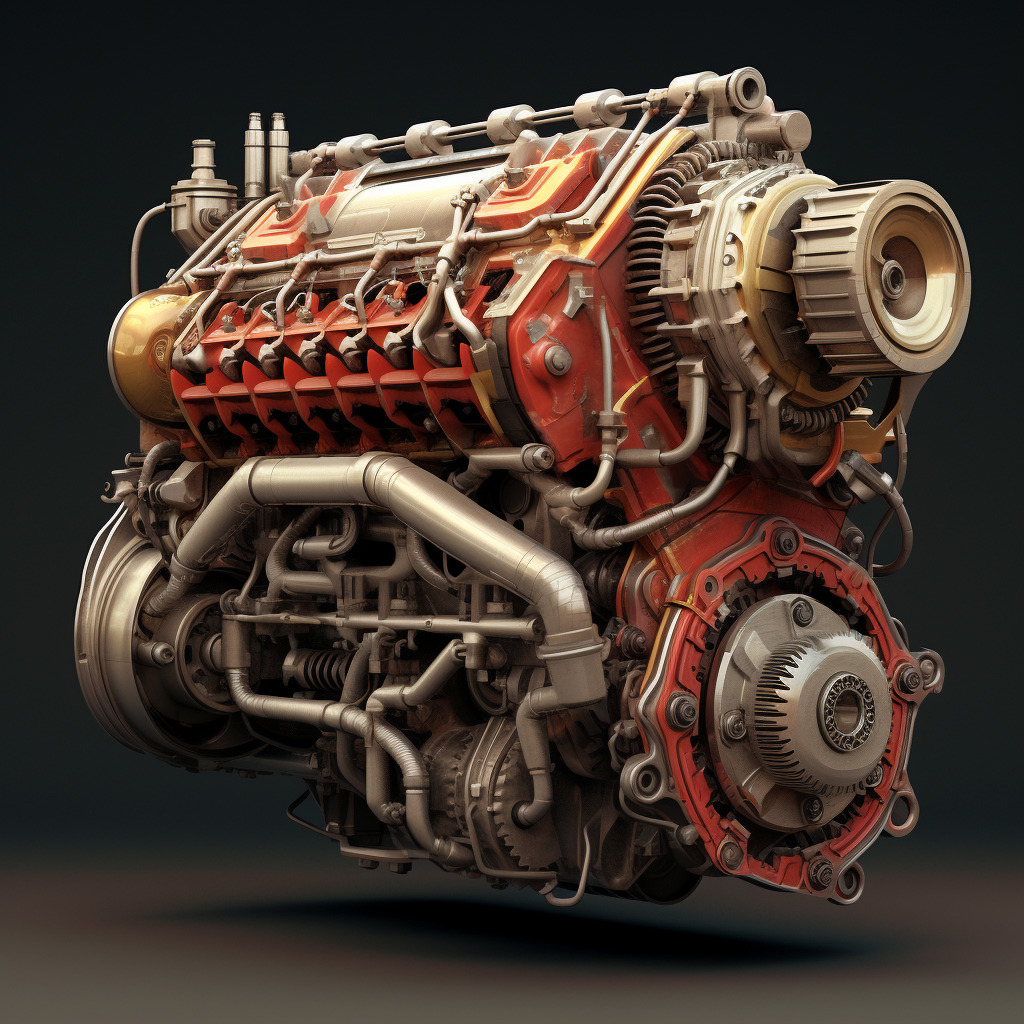

In the world of automotive diagnostics, trouble codes play a crucial role in identifying and resolving issues with a vehicle’s performance. One such code that often raises concerns is the 17538/P1130 Diagnostic Trouble Code (DTC). This article dives deep into understanding the meaning, causes, symptoms, and possible solutions related to the 17538/P1130 DTC code. So, if you’ve come across this code while troubleshooting your vehicle, keep reading to gain valuable insights.
The 17538/P1130 DTC code refers to the Bank 1, Fuel Trim System Lean condition. This code is commonly associated with fuel-related issues in the engine, particularly concerning the air-fuel mixture being too lean. In simpler terms, the engine is receiving an inadequate amount of fuel in relation to the amount of air being taken in.
Several factors can contribute to the occurrence of the 17538/P1130 DTC code. It is essential to diagnose accurately to ensure the most appropriate repair steps are taken. Let’s delve into the potential causes:
Faulty oxygen sensor: A malfunctioning oxygen sensor can cause inaccurate readings of the air-fuel mixture, leading to the code’s appearance.
Vacuum leaks: Any leaks in the engine’s vacuum system can introduce unwanted air into the combustion chamber, resulting in a lean air-fuel mixture.
Clogged or faulty fuel injectors: When fuel injectors become clogged or begin to malfunction, they may not deliver the right amount of fuel, adversely affecting the air-fuel ratio.
Defective Mass Airflow (MAF) sensor: The MAF sensor measures the amount of air entering the engine and calculates the precise fuel injection necessary. If the MAF sensor fails, it can cause imbalances in the air-fuel ratio.
Faulty fuel pressure regulator: A faulty fuel pressure regulator may disrupt the appropriate regulation of fuel pressure, leading to lean conditions within the combustion chamber.
To properly diagnose the underlying issue triggering the 17538/P1130 DTC code, it is crucial to be aware of the associated symptoms. Here are some common signs you may experience:
Check Engine Light (CEL): As with most DTC codes, the appearance of the check engine light is one of the key indicators that something is amiss.
Reduced engine performance: You might notice a decrease in engine power and overall performance due to the lean air-fuel mixture.
Rough or erratic idling: The engine may exhibit irregular idling patterns, including rough idling, stalling, or even occasional misfires.
Increased fuel consumption: A lean air-fuel mixture can lead to increased fuel consumption, as the engine compensates for the inadequate fuel supply.
Once you’ve identified the 17538/P1130 DTC code and understood its potential causes and symptoms, it’s time to address the issue. Here are some steps you can take to resolve the code:
Inspect and replace the oxygen sensor: Begin by checking the oxygen sensor to ensure it’s functioning correctly. If necessary, replace it with a new one.
Check for vacuum leaks: Thoroughly inspect the engine and its associated vacuum lines for any leaks. Repair or replace any damaged components.
Clean or replace fuel injectors: If clogged or faulty fuel injectors are the problem, consider cleaning them with a specialized cleaner. In severe cases, replacement might be necessary.
Test and replace the Mass Airflow (MAF) sensor: Utilize diagnostic tools to test the MAF sensor’s performance. If it fails the test, a replacement may be necessary.
Inspect and replace the fuel pressure regulator: Check the fuel pressure regulator for proper functioning. If found faulty, replace it to restore accurate fuel pressure regulation.
A: It’s generally not recommended to continue driving with the 17538/P1130 DTC code, as it indicates an issue in the air-fuel mixture. Extended driving under these conditions may result in reduced performance, increased fuel consumption, and potential damage to the engine.
A: No, the 17538/P1130 DTC code is not specific to a particular car brand. It is a generic code used across various vehicle manufacturers that use the OBD-II (On-Board Diagnostics II) standard.
A: While some aspects of resolving the 17538/P1130 DTC code can be tackled by knowledgeable DIY enthusiasts, it is advised to consult a professional mechanic with the necessary diagnostic tools and expertise. An expert can ensure accuracy in diagnosing and rectifying the root cause of the issue.
Remember, proper diagnosis and repair are vital when encountering the 17538/P1130 DTC code. By following the steps outlined in this article and seeking professional help when needed, you can efficiently address the underlying issues and ensure the optimal performance of your vehicle.